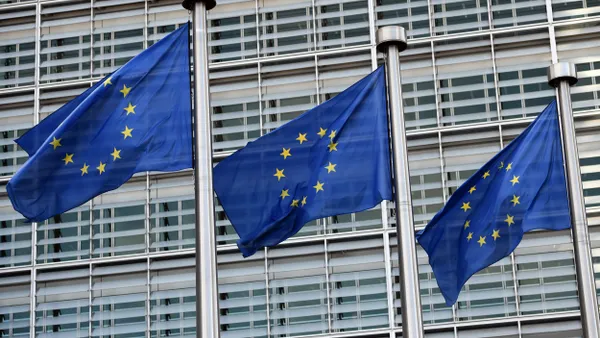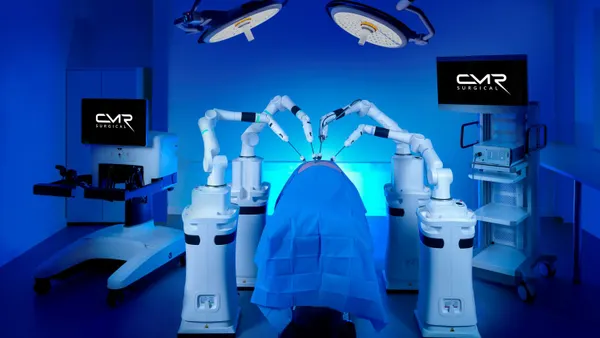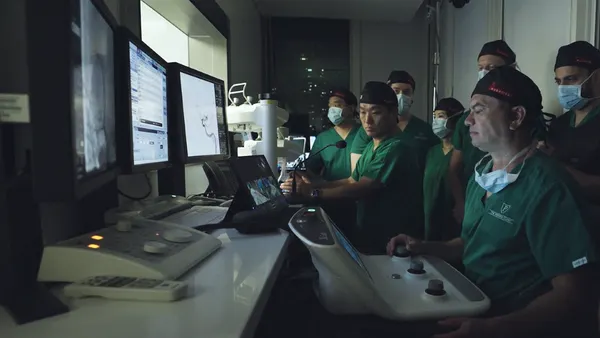Dive Brief:
- Abbott said FDA approved its FreeStyle Libre 14-day glucose monitoring system, making it the longest-lasting self-applied personal blood sugar sensor on the market. Previously, people with diabetes could wear the FreeStyle Libre sensor for 10 days before needing to replace it.
- Abbott, which gained U.S. approval for the 10-day sensor system in September, said the product is now being used by more than 800,000 people with diabetes globally. The product was launched in Europe in 2014.
- The system was the first continuous glucose monitor to eliminate the need for routine finger prick tests. The sensor is worn on the back of the upper arm and is the size of two stacked quarters.
Dive Insight:
The FreeStyle Libre system reduces the need for fingerstick testing by using a small sensor wire inserted below the skin’s surface that continuously measures glucose levels.
Users wave a mobile scanner above the sensor wire to determine if glucose levels are too high (hyperglycemia) or too low (hypoglycemia), and how glucose levels are changing. Each scan provides a real-time glucose result, an eight-hour historical trend, and a trend arrow showing the direction the blood sugar is going. The reader holds up to 90 days of data, which allows people to track their glucose levels over time.
With the data, people can decide whether to adjust their diet or how much insulin they need to take. Study data published in The Lancet showed people using the system spent 38 percent less time within hypoglycemia compared to those who managed their glucose with a traditional self-monitoring system.
Abbott said the FreeStyle Libre led a 40 percent jump in sales in its diabetes care division in the second quarter. The new system will be available via prescription in the coming months, the company said.
The FreeStyle Libre system recently gained competition when Dexcom received FDA approval in March for its G6 product that also eliminates the need for fingersticks. The G6 system has a 10-day sensor that automatically sends glucose readings every five minutes to a Dexcom receiver or compatible smart phone and has an alert feature that predicts hypoglycemia before it hits.
According to the Centers for Disease Control and Prevention, more than 29 million people in the U.S. have diabetes. People with diabetes either do not make enough insulin (type 1 diabetes) or cannot use insulin properly (type 2 diabetes).












